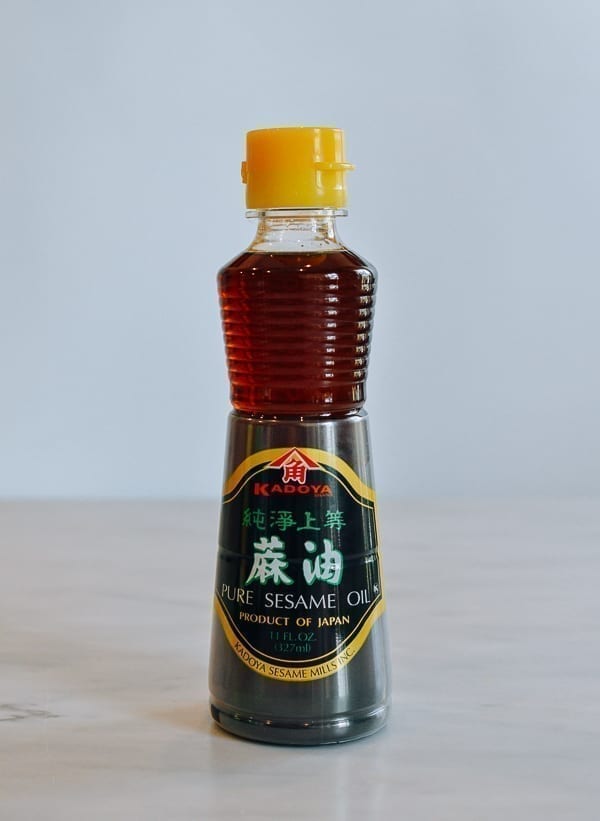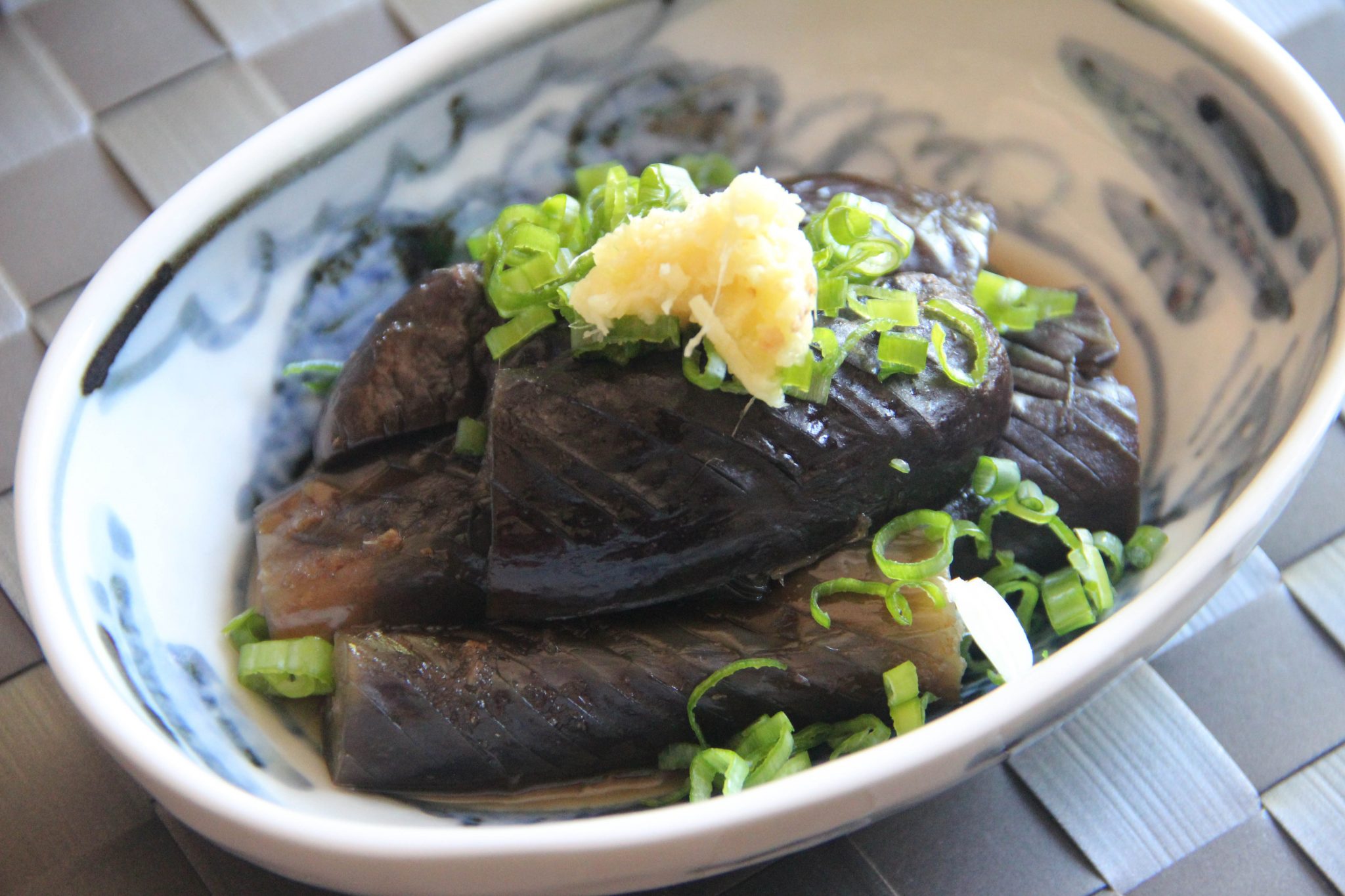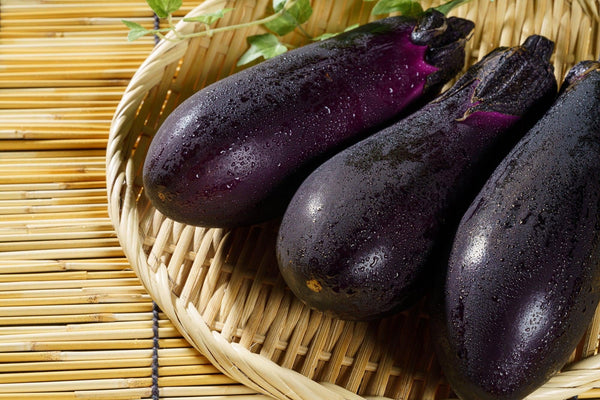What is
ナス?
Nasu, known as eggplant in English, is a versatile vegetable commonly used in various Japanese dishes. It has a rich, savory flavor and a creamy texture when cooked. In Japanese cuisine, nasu is often grilled, stir-fried, or simmered in miso soups.
Origins & History
Nasu has its origins in the Indian subcontinent and was introduced to Japan during the Nara period (710-794 AD). Over time, it has become a staple ingredient in many regional Japanese dishes.
Taste & Texture
Nasu has a subtle sweetness with a slightly bitter undertone. When cooked, it takes on a soft, melting quality that enhances its flavor.
Ingredients

Eggplant
A purple-skinned vegetable, eggplant is the main ingredient of nasu dishes. It is low in calories and rich in fiber, making it a healthy addition to meals.

Miso
A fermented soybean paste that adds a complex umami flavor to dishes, often used in combination with nasu.

Soy Sauce
A salty, umami-rich liquid condiment made from fermented soybeans, commonly used to enhance the flavor of nasu.

Sesame oil
A fragrant oil extracted from sesame seeds, often used for cooking or as a finishing oil to provide flavor.

Images may not reflect the actual item.











